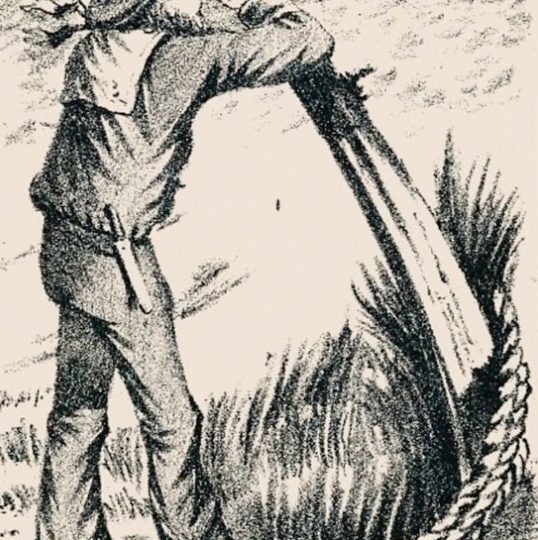THIS optical illusion of a sailor and his wife has boggled puzzle-lovers everywhere, with most unable to see the face hiding in the shadows.
Only those with 20/20 vision and a high IQ will be able to locate the woman within nine seconds.
PlaybuzzCan you see the sailor’s wife in nine seconds?[/caption]
The picture shows a sailor gazing towards the sea in search of his wife; little does he know, she’s closer than he imagined.
It is said only one per cent of people can see the woman’s face.
Can you?
Optical illusions such as this one are effective in keeping puzzlers’ minds active and test both concentration levels and eyesight.
Some say they have altered the way they perceive things, while others claim they have made them smarter.
How did you go in your search for the woman?
Here’s a hint: try flipping the image upside down.
You should be able to see her face, staring straight at her husband.
If you’re still struggling, scroll down to see the solution.
You’ll find her between the sailor’s legs and the telescope stand.
While you’re here, why not try a few more puzzles? Let’s really get your brain working!
Take a look at the picture below and see if you can spot the lost earphones without any help.
You might have 20/20 vision if you can spot the lost earphones
Everyone can see the vegetables, but it’s said only one per cent of people can find the hidden accessory in less than five seconds.
The many varieties of colourful veggies distract the eye, making the task especially difficult.
But if you have a sharp mind, you might have no problem locating the earphones.
Are you struggling? Try scanning the image in sections, and be sure to pay close attention to every nook and cranny.
How did you go?
If you can’t see them, scroll to the bottom of the page for the solution.
Now try and find the faces of the two men who were eaten by the dragon in this optical illusion.
The dragon has already eaten two men; can you see their faces?
Quickly, now! You have just five seconds.
You’ll see a man in the image raising his sword up to a fierce-looking dragon, who is itself poised to attack.
The mythical creature has already eaten two other men – it’s up to you to find their faces.
If you haven’t found them yet, here’s a clue that might help: the two faces are not on the dragon’s body.
You’ll find the faces circled in the image below.
Now for one last optical illusion, to make sure your brain is really working hard.
Here’s a suitably-themed Chinese New Year brainteaser.
Try and find the dragon hiding in this Chinese New Year brainteaser
Everyone can see the snakes in the image, but can you spot the hidden dragon?
If you can see him, you might just have 20/20 vision.
This year is the Year of the Dragon in the Chinese lunar calendar, so finding the fire-breathing creature could be a good omen.
You’ll have to wade through plenty of zodiac animals, fireworks, flags, money, and lanterns to see the Chinese dragon – a symbol of strength, energy, and vitality.
If the image is too perplexing, take this hint: the dragon, much like its snake friend, is green.
Still can’t find the dragon? Scroll down to see the solution.
PlaybuzzThe sailor’s wife was right in front of him all along[/caption]
You’ll see the earphones circled in red
There are the’ faces!
The dragon was hiding in plain sight
How can optical illusions help me?
Engaging in activities like solving optical illusions and brainteasers can have many cognitive benefits as it can stimulate various brain regions. Some benefits include:
Cognitive stimulation: Engaging in these activities challenges the brain, promoting mental agility and flexibility.
Problem-solving skills: Regular practice enhances analytical thinking and problem-solving abilities.
Memory improvement: These challenges often require memory recall and can contribute to better memory function.
Creativity: They encourage thinking outside the box, fostering creativity and innovative thought processes.
Focus and attention: Working on optical illusions and brainteasers requires concentration, contributing to improved focus.
Stress relief: The enjoyable nature of these puzzles can act as a form of relaxation and stress relief.
Neuroplasticity: The brain’s ability to adapt and form new connections may be promoted through these mental exercises.









